By Raymond E. Bell
Stephen Pierce Duggan, Jr., wanted to be a United States Marine. When the United States entered World War II, Steve was all set to do his part. He had been in the New York National Guard, but his work in the law firm of Simpson, Thatcher and Bartlett prevented much participation in his unit’s prewar activities. When it came time to stand up and be counted, however, Steve was ready—but his back was not. He was turned down for any active military service because of lumbar problems, which precluded any strenuous exercise.
Duggan, nevertheless, was not to be denied. If he could not put on a uniform as a member of the armed forces, he still figured there was some way that he could serve. As it so happened there was. What became his wartime service turned into an intriguing assignment—that of being the only civilian in a unique endeavor with the potential of significant impact on the future U.S. Air Force. His assignment was to the Southwest Pacific (SWPAC) Air Evaluation Board as its sole civilian.
Studies of the SWPAC
World War II provided the rapidly expanded Army Air Corps the opportunity to confirm with deeds what had previously been touted with words, that air power was to be a, if not the, decisive factor in modern warfare. In 1944, General Henry “Hap” Arnold, the air arm’s top general, seized the opportunity to document the achievements, efficiency, and potential of the maturing air force, and he directed that the air effort be evaluated in the different theaters of operation. An implication underlying these studies was that they could strengthen the positions of airpower advocates in their rivalries with the ground forces and the U.S. Navy. Unfortunately, the study results appear to have been overshadowed by the results contained in the controversial United States Strategic Bombing Survey.
A potential challenge to conducting such a study in the SWPAC was that the area of operations was the exclusive domain of General Douglas MacArthur. He guarded his prerogatives closely, one of which was to keep tight control on air operations in his theater. Along with the strategic bombing campaign by Boeing B-29 Superfortress bombers against the Japanese homeland, especially those flown from bases in the Mariana Islands, the only other major sustained Army Air Force (AAF) campaign in the Pacific was conducted under the auspices of MacArthur and his innovative airman, Lt. Gen. George C. Kenney. Neither in terms of variety, territory covered, nor length of time expended did the aerial operations on the Pacific Rim by the big bombers flying from Pacific bases or the Chinese mainland against the Japanese homeland challenge those of the U.S. Army Air Forces in the Southwest Pacific. Clearly lessons were to be learned there.
Whereas the strategic bombing against the principal Japanese islands led directly to winning the war, practically demolishing the country’s economic capacity to conduct warfare, MacArthur’s air forces stood to prove that tactical, strategic, and airlift operations well integrated with ground and sea maneuvers were an important, if not the most important, key to ultimate victory.
Under the capable Kenney, the Far East Air Forces became a model for the exploitation of short-, medium-, and long-range aircraft defeating a tenacious enemy spread over a vast area. Eventually placed under Kenney’s command were the Fifth U.S. Air Force, the Royal Australian Air Force, the Thirteenth U.S. Air Force, the Royal New Zealand Air Force, the 1st Marine Air Wing, and the Seventh U.S. Air Force. It was this group of air forces that Arnold directed one of the five Air Evaluation Boards that he had organized to scrutinize.
A Unique Civilian Perspective
The specific task of the Air Evaluation Board to which Duggan was assigned was to evaluate objectively all aspects of air operations in the Southwest Pacific, from destroying enemy aircraft to the adequacy of living facilities for black airmen. The evaluations were published in a series of reports beginning in the late spring of 1945. Their basic aim was to evaluate the training of pilots, bombardiers, gunners, and other airmen and to report on the combat efficiency of aircraft and related weapons.
But what of the role of the only civilian on the board’s primary staff, a unique position for a man who had no previous connection with any air arm of the United States military establishment?
Duggan’s principal task was that of chief analyst. One could rightfully question the value of having a civilian with no experience in air operations analyze their effectiveness in a critical war zone. A closer look, however, provides some plausible answers. First, as a highly trained lawyer, Duggan brought a wealth of experience to analyzing situations that came before the board. Second, his reputation as a fine lawyer brought a large measure of credibility to his work. And third, with no ax to grind he could apply a high degree of objectivity to the evaluations, which were expected to be severely challenged, not only by the U.S. Army ground forces but by the U.S. Navy and its air arm as well.
In a March 30, 1945, speech, Duggan tried to give a specially selected group of civilians that he helped recruit for a proposed augmentation to the SWPAC Air Evaluation Board a feeling of why they, uninitiated like himself, were chosen for the tasks ahead. He told them it was not necessary to know anything about air operations, but as a keen group of professional men their analytical training made them logical candidates for the job.
Unlike the scores of other civilian experts in the Southwest Pacific, as a member of the evaluation board Duggan was not expected to have specific knowledge about the operations and air units as employed by Kenney, at least at the beginning of his tour. In fact, he bluntly stated that a lot of what he might contribute would be naïve and his suggestions unproductive because he lacked the necessary experience. However, because he looked at a situation in a different light from the military participants, he was making the required contribution.
Building the SWPAC Board
The board for the Southwest Pacific was established in July 1944 along with four others, one each for the European, the Mediterranean, the Central Pacific, and the China-Burma-India Theaters. The genesis of the boards apparently came from Arnold’s learning of the British Royal Air Force establishment of such boards in 1942. Upon his return from the Normandy battlefield, having observed how the British boards operated, Arnold decided to establish the five boards. The British board, according to Duggan was “to get removed from day to day operations, get back a ways, and try to take a more long-range overall picture of RAF operations.” Arnold was evidently impressed with this objective approach.
Colonel W.B. Leach, AAF chief of the Operations Analysis Division, hired Duggan for the SWPAC board in August 1944. Duggan was to work directly for Maj. Gen. William E. Lynd, the board’s director. In September Duggan traveled to Brisbane, Australia, the site of MacArthur’s and Kenney’s headquarters. He reported to Lynd for duty, arriving at a time when MacArthur’s air forces were preparing to support his return to the Philippines. This effort was considered the fourth and next to last phase of air operations in the Southwest Pacific. The offensive in western New Guinea, the third phase, was winding up.
As MacArthur’s unified forces advanced westward in New Guinea, Kenney took full control of the U.S. Thirteenth Air Force. This placed him in command of two air forces, the Fifth and the Thirteenth plus that of the Australians. His overall command then became designated the Far East Air Forces. On August 5, 1944, Kenney further took command of the 1st Marine Corps Air Wing and the Royal New Zealand Air Force. Thus, Duggan arrived in the SWPAC at an important time in the restructuring and enlarging of Kenney’s responsibility.
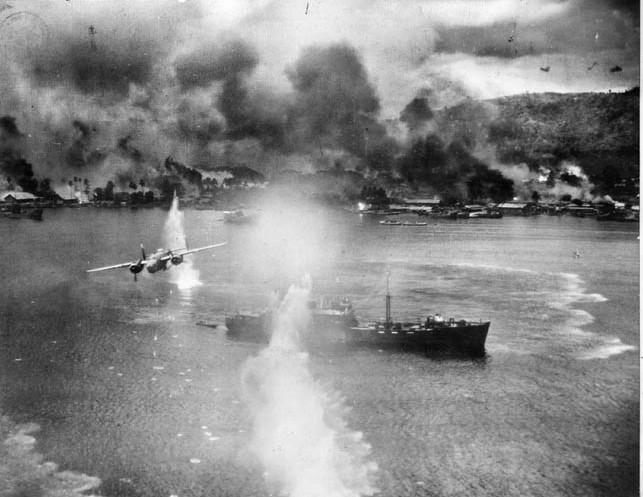
Duggan’s and the board’s arrival in the battle area also came at an auspicious time considering MacArthur’s modus operandi. Since MacArthur demanded total control over operations, he was suspicious of any threat of interference. Prior to Kenney’s arrival in 1942, MacArthur had caused his two predecessors to be reassigned. When Kenney arrived at headquarters in Brisbane, MacArthur made no bones about his dissatisfaction with the American air effort. Kenney took quick action and soon won a secure place among MacArthur’s subordinates.
At the same time, Kenney, who was very combative in pushing the theater’s air operations, also took on the AAF high command in Washington, making friends with members of Arnold’s staff and frequently irritating Arnold with his persistence. By August 1944, MacArthur and Kenney had become a smoothly coordinated and effective team. The evaluation board was arriving when the air effort was in top form.
William Lynd’s “Plan of Air Evaluation”
It is not hard to imagine what Kenney would have thought when Lynd, a potential spy for authorities in Washington, turned up at MacArthur’s headquarters as the director of some evaluation board. It is significant, therefore, that the board’s implementing directive clearly laid out its purpose and the parameters within which it was to work. The purpose was to make an impartial judgment of the conduct and effectiveness of air attack in MacArthur’s theater of operations. In no way was the board to resemble that of an inspector general while at the same time having broad access to combat units and free movement throughout the area.
How much the statement of purpose allayed the suspicions of an individual such as MacArthur as he greeted a host of potential Washington “spies” is a matter of conjecture. Nowhere in Kenney’s memoirs or in MacArthur’s Airman, a comprehensive look at Kenney’s air efforts, is there mention of the presence of the evaluation board in the SWPAC theater. When Lynd submitted the Plan of Air Evaluation, SWPAC to Kenney on December 1, 1944, Kenney wholeheartedly endorsed it, at least on paper. In his endorsement Kenney supported a thorough evaluation of the effectiveness of the FEAF operations, citing the plan as excellent. At the same time he supported a large increase in the number of personnel on the board, the selection of whom would become a major task for Duggan.
Reflecting his confidence in Kenney and sure that Kenney’s innovative combat techniques had much to offer in conducting such operations in the future, MacArthur also wholeheartedly endorsed the plan. If he had any reservations about adverse publicity emanating from the results of the evaluation, he certainly did not reveal them when he added his endorsement to Kenney’s. He stated that an evaluation is a major function of the military establishment from which the armed forces had not reaped the full benefits in past wars.
MacArthur, with his eye on his place in military history, could see an opportunity for the findings of this board to solidify his name in the conduct of successful air operations as well as those on the ground. That he could count on Kenney to see that his interests were protected made it possible for him to allow wide latitude in the inquisitiveness of any evaluation board, no matter how innocuous its mission statement might seem.
Indeed, Lynd does not appear to have become a MacArthur antagonist. Major disagreements do not seem to have arisen during the course of the board’s proceedings. Duggan, of all those on the board, had the least to lose if any conflict should arise. He was on leave of absence from his law firm from September 1, 1944, until July 1, 1945, and subsequently extended to September 1, 1945. He could have easily returned to the law firm had he been subjected to any official pressure to cover up disagreements. In Duggan’s August 25, 1945, draft report at the end of his mandated service, his allusion to any problems encountered was simply “reluctance of Far Eastern Air Forces to provide the necessary facilities for the work of the Board.”
The Board’s Delays
Other factors, however, greatly delayed accomplishment of the board’s purpose. Considering the competition for resources which were initially constrained by a “Europe first” strategy in Washington, it is not surprising that reporting accomplishments became problematic during the first phase of the board’s operation. By May 1, 1945, Duggan recorded that in the previous nine months the board had produced precious little for its work, and those few reports submitted had no particular significance. Inhibiting factors included the time analyzing problems in the area, the preparation of an agenda of studies, and then an acceptable plan of evaluation that also took time for the approval process to take place. In addition, the turbulence created by an influx of board personnel unfamiliar with the board’s work, the development of an administrative organization, the constant shifting of AAF personnel, and finally Lynd’s two months of illness impeded progress.
Duggan, therefore, did little report analysis during the first three quarters of the year. He did travel extensively. In the first four months of his tour, he flew around the theater to get to know the Army Air Forces personnel while taking part in conferences designed to familiarize board members with air operations, both those of the past and those contemplated for the future. The experience and knowledge gained on these trips were used to make a preliminary appraisal of the course of action the board should take in fulfilling its mission. The tours also helped to establish the board’s credibility for objectivity and allowed board members to win the confidence of those being evaluated.
Then in November 1944, while MacArthur was slugging it out with the Japanese on Leyte Island in the Philippines, Duggan and the few board members present for duty prepared what became known as the “Plan of Evaluation” dated December 1, 1944. The War Department approved the plan in two months. The plan requested that an additional 100 officers, 150 enlisted personnel, and 65 civilians be authorized and allotted to the board and that they be made available January 1, 1945—arguably a very short lead time.
Duggan’s Push to Increase Civilian Personnel
With evidently no reports to evaluate in the late winter of 1944, Duggan received the task of acting as Lynd’s personal representative in selecting the additional civilian personnel. This necessitated his returning to the United States, which he did in the first two weeks of January 1945.
In his August 25, 1945, draft memorandum Duggan recounted his effort in detail. Through a screening of some 15,000 names of potential civilian candidates provided by the Officer Procurement Section of the Army Service Forces, Duggan selected 1,200 to be interviewed. He personally interviewed approximately 500. From that number he selected 46 with various occupations and from different geographic locations. Among those selected were lawyers, bankers, journalists, academicians, men in public life, and statisticians. There were also technical experts in fields such as aeronautical engineering, radar and radio engineering, armament engineering, and even a psychologist.
The group assembled at the Army Air Force School of Applied Tactics in Orlando, Florida, in March 1945 for an indoctrination course. On March 30, Duggan took part in a conference at which he addressed the role of operations analysts on the Air Force Evaluation Boards. He started off in a rather jocular vein by saying, “No doubt, gentlemen, when this horde of civilians descended on this school within the last week or ten days, there was considerable confusion engendered as to just what they were doing, why they were here, what the purpose of our work is.”
After trying to distinguish between the other civilians working for the Army Air Forces and those on the evaluation boards and telling of his own experiences in the Southwest Pacific, there was little doubt that confusion as to their future still remained in the minds of Duggan’s audience. Considering that his own board was still feeling its way in trying to evaluate air operations, it was understandable that Duggan could not completely ignore all his group’s apprehensions about their own tasks.
Recruitment Cancelled
Unfortunately, Duggan’s extensive interviewing and selection of personnel all went for naught. Just as his group got ready to entrain for San Francisco on April 6 to fly on to Manila, the War Department cancelled the large-scale civilian board participation. Dejected, Duggan returned with the group from Orlando to Washington, where he tried for three weeks to place those still interested in contributing to the war effort in other positions in the government.
Duggan believed that the project to bring more civilians on to the board was canceled by General George C. Marshall, U.S. Army Chief of Staff, for a number of reasons. The war in Europe was obviously coming to an end, with Allied forces running rampant throughout the German heartland. There would soon be a surplus of Army Air Forces officers available to take the place of the discharged civilians. At the same time Arnold had come to feel that he could not justify having positions filled by civilians when there was soon to be a plethora of military personnel available.
The war in the Pacific, however, could well go on into 1946 and beyond with the invasion of the home islands of Japan and the bitter fighting anticipated there. The emphasis was now being shifted to that theater, but with no immediate end in sight, and the need for continued war production and a developing shortage of manpower in the United States, the need for civilian labor in the work force was increasing sharply. For the evaluation board in the Southwest Pacific, the implications of the forgoing were clear and the result was aborting of part of the plan to have more civilians other than Duggan work on the board.
A disappointed Duggan returned to Manila in May to take on the task of evaluating the reports that were beginning to trickle into the directorate. Delays kept hampering the organization of the effort so that May and June slipped away before the board’s composition was finally firmed up and serious evaluation work undertaken. By July 1, Duggan allowed, “It may be said that the Board was at last organized, its personnel familiar with its functions, its various teams actively engaged in making the studies, and its headquarters located and adequately established in Manila.”
Duggan’s remaining time on the board, however, was short. His law firm had already extended his tour until the end of August. By September 1 both he and Lynd were back in the United States. The war ended shortly afterward, and the Army Air Forces released Duggan rejoin his law firm.
The Impact of the SWPAC Evaluation Board
What then had been accomplished, and what would be the final outcome of the Southwest Pacific Air Evaluation Board’s efforts?
It should be noted first, however, just how vigorous and successful MacArthur’s air force was because Kenney’s efforts framed the context of the documents the board produced. MacArthur in his Reminiscences often cited the effectiveness of the multinational air forces under Kenney’s command. MacArthur had high praise for Kenney.
MacArthur wrote that none of the brilliant air commanders in the war surpassed Kenney in aggressive vision, mastery of air tactics and strategy, and the ability to exact the maximum from both men and equipment. He cited Kenney’s extraordinary capacity at improvisation and taking a poor performing force and improving it to the point where it took command of the air every time it engaged the enemy.
There can be little doubt that MacArthur would have liked to see the achievements of Kenney and his airmen recorded for posterity as models for the future integrated operations of the Army Air Forces. By giving great credence to the way Kenney was able to effectively combine tactical, strategic, and airlift operations under the most trying circumstances, MacArthur was also in a position to enhance his own reputation when it came to the effective use of air power.
It was, therefore, in MacArthur’s interest that the Air Evaluation Board be as thorough in its proceeding as possible, for he, as well as the Army Air Forces, had much to gain and nothing to lose in having all aspects of air operations recorded as objectively as possible. With air power’s future firmly in mind, the fact that there were many valuable lessons to be learned from Kenney’s air operations could not help but make the evaluation board’s work all the more productive.
In terms of output, the board’s accomplishments were impressive. A review of one register of U.S. Air Force documents, for example, shows that 11 of 25 titles with the words “air evaluation board” in them were specifically entitled Air Evaluation Board/Southwest Pacific Area. Other document titles which direct attention to that theater of operations are, Allied Air Forces Southwest Pacific Area, Air Evaluation Board: Notes Southwest Pacific Area, Luzon Campaign—Exhibits, Far East Air Forces, and Far East Air Service Command. Seven titles provide no specific clues as to whether their content includes anything of significance about the Southwest Pacific area. Quantitatively then, 18 documents dealing with the SWPAC Air Evaluation Board in some form represent the results of an extensive effort.
To be sure, Duggan was optimistic that the eventual results, both qualitative and quantitative, would justify the Air Evaluation Board’s efforts and his participation on the board. He felt that by January 1946 the reports specified in the plan of evaluation would be finished. Although the results looked paltry in September 1945, the foundation laid down by Lynd in the spring and summer of 1945 would produce significant evaluations, the most important covering the campaigns on the Philippine Islands of Leyte and Luzon as well as operations in the other islands in the archipelago.
Did Duggan’s Reports Influence Today’s Air Force?
Duggan did not, however, presume to make any prognostications about the impact the studies would have on the future of the Army Air Forces and its successor organization, the United States Air Force. He did not live to experience the Kosovo, Iraq, and most recent Afghanistan campaigns. Had he lived he would have noticed with interest how it appeared Kenney’s seamless blending of the strategic, tactical, and aerial lift components of the Air Force was working in today’s combat environment. He would also have wondered if those concepts developed by present Air Force planners and operators did not, in some way, emanate from the various Air Evaluation Board studies.
Apparently, however, there is no substantial evidence of any direct correlation between what Lynd, Duggan, and many others recorded and how today’s Air Force conducts its operations. Nevertheless, the Air Expeditionary Wing concept looks remarkably similar to the integrated operations MacArthur’s Air Force conducted in the Southwest Pacific during World War II.
Stephen Pierce Duggan, Jr.’s, civilian wartime service in MacArthur’s Air Force was brief. Yet, the frustrated candidate for the U.S. Marine Corps was given the unique opportunity of serving his country as a civilian in an importation theater of operations, the Southwest Pacific. And he did it working under the aegis of one of America’s most successful World War II airmen, General George C. Kenney, who commanded General Douglas MacArthur’s Far East Air Forces.
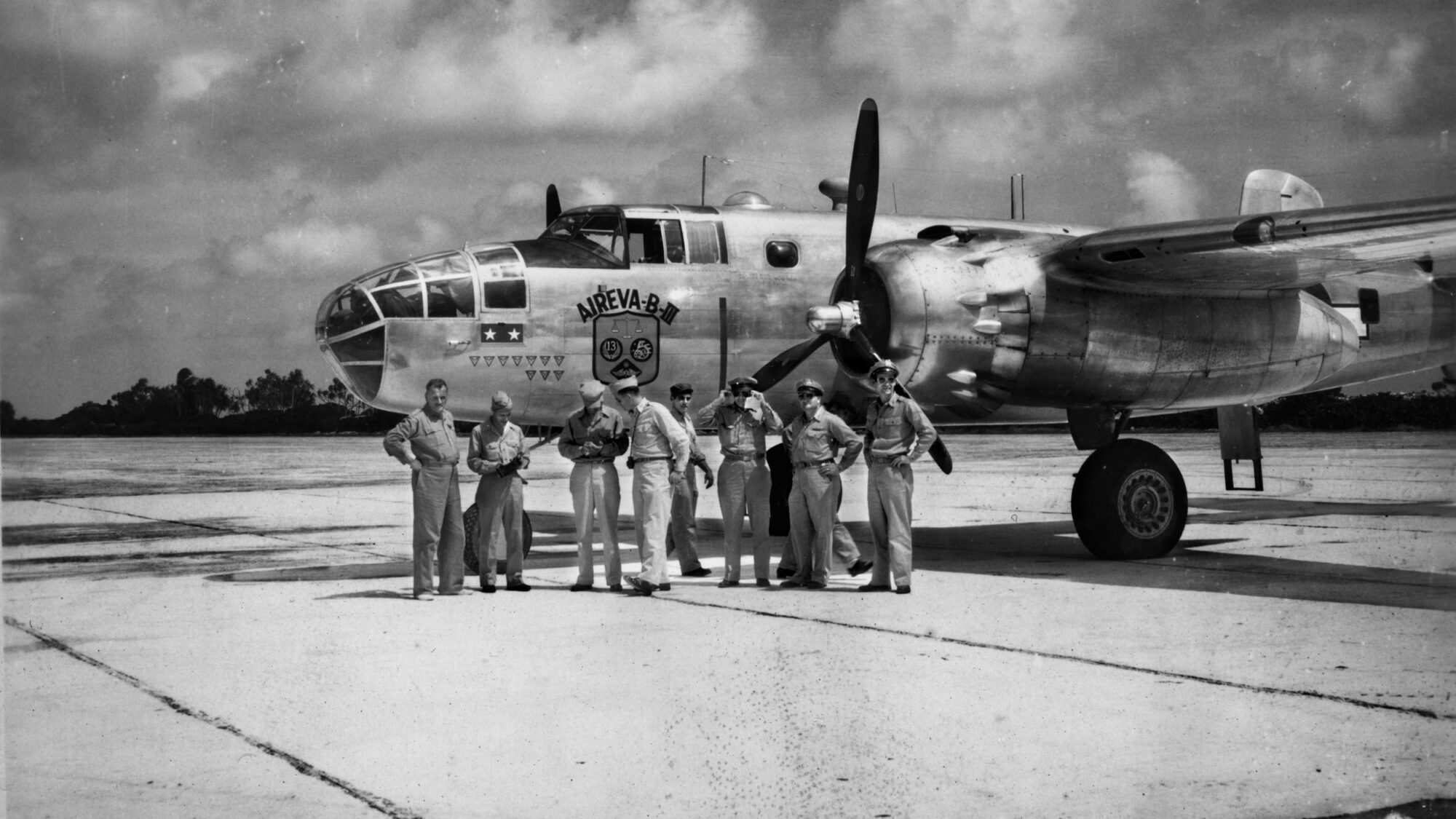
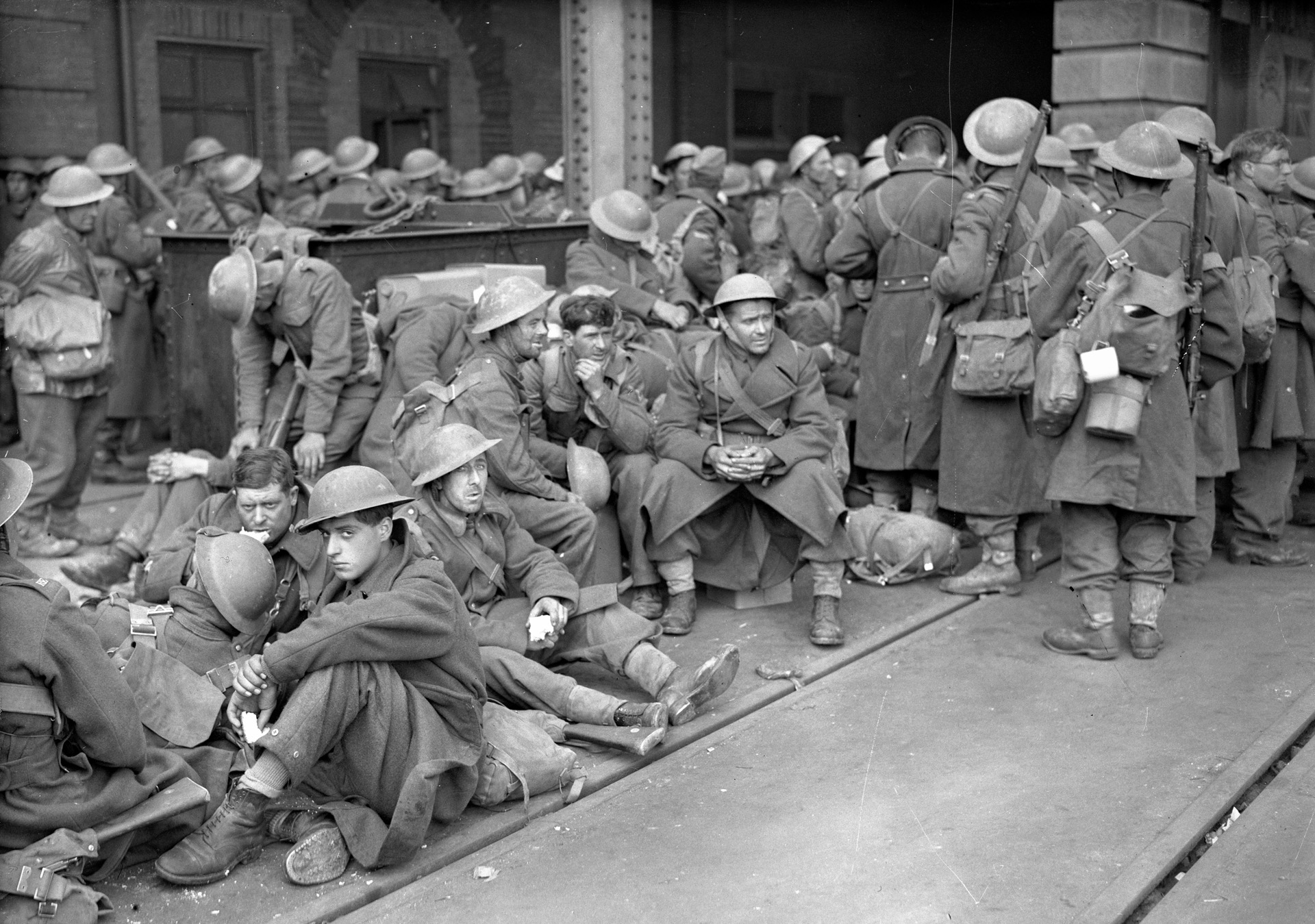
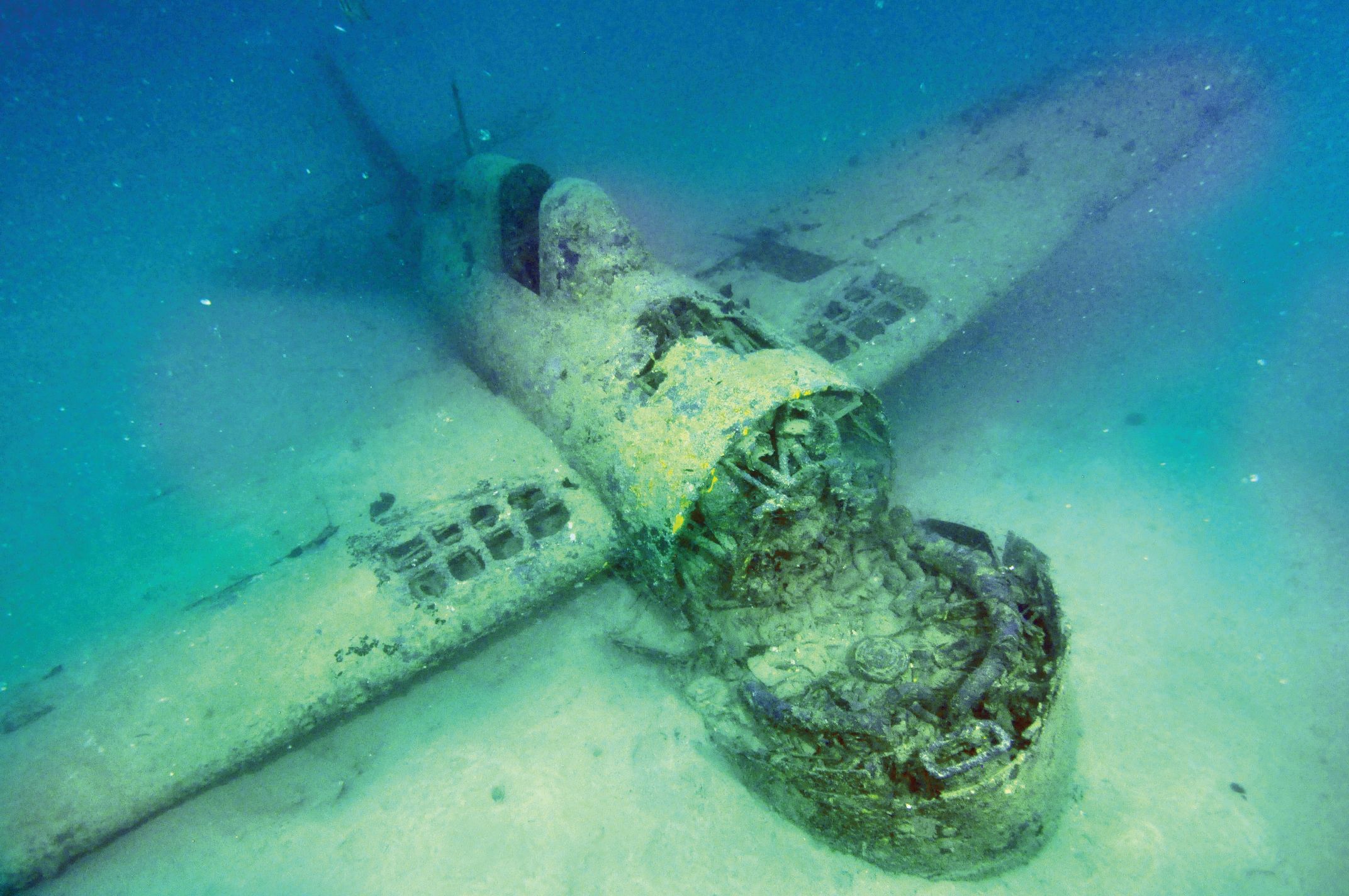
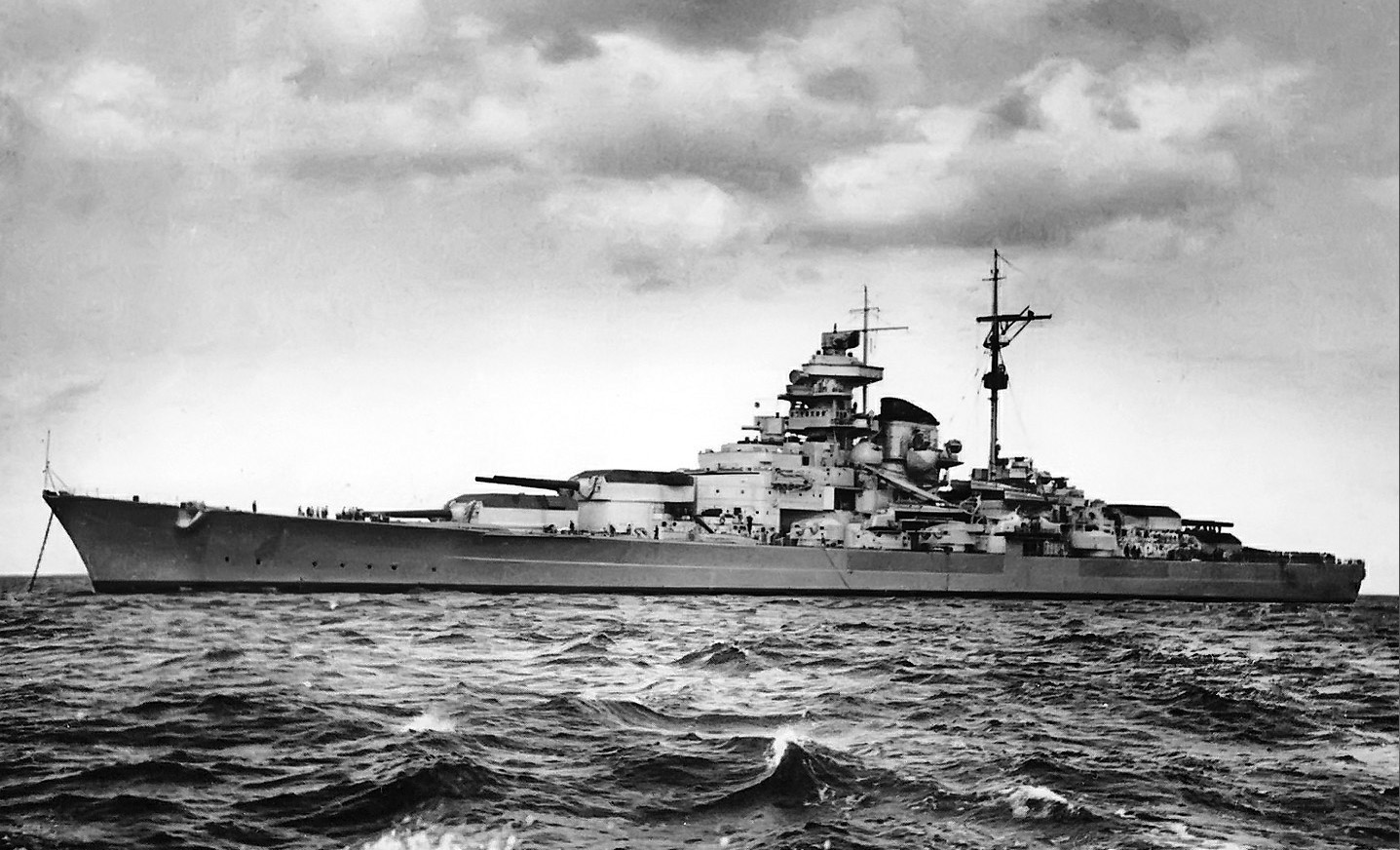
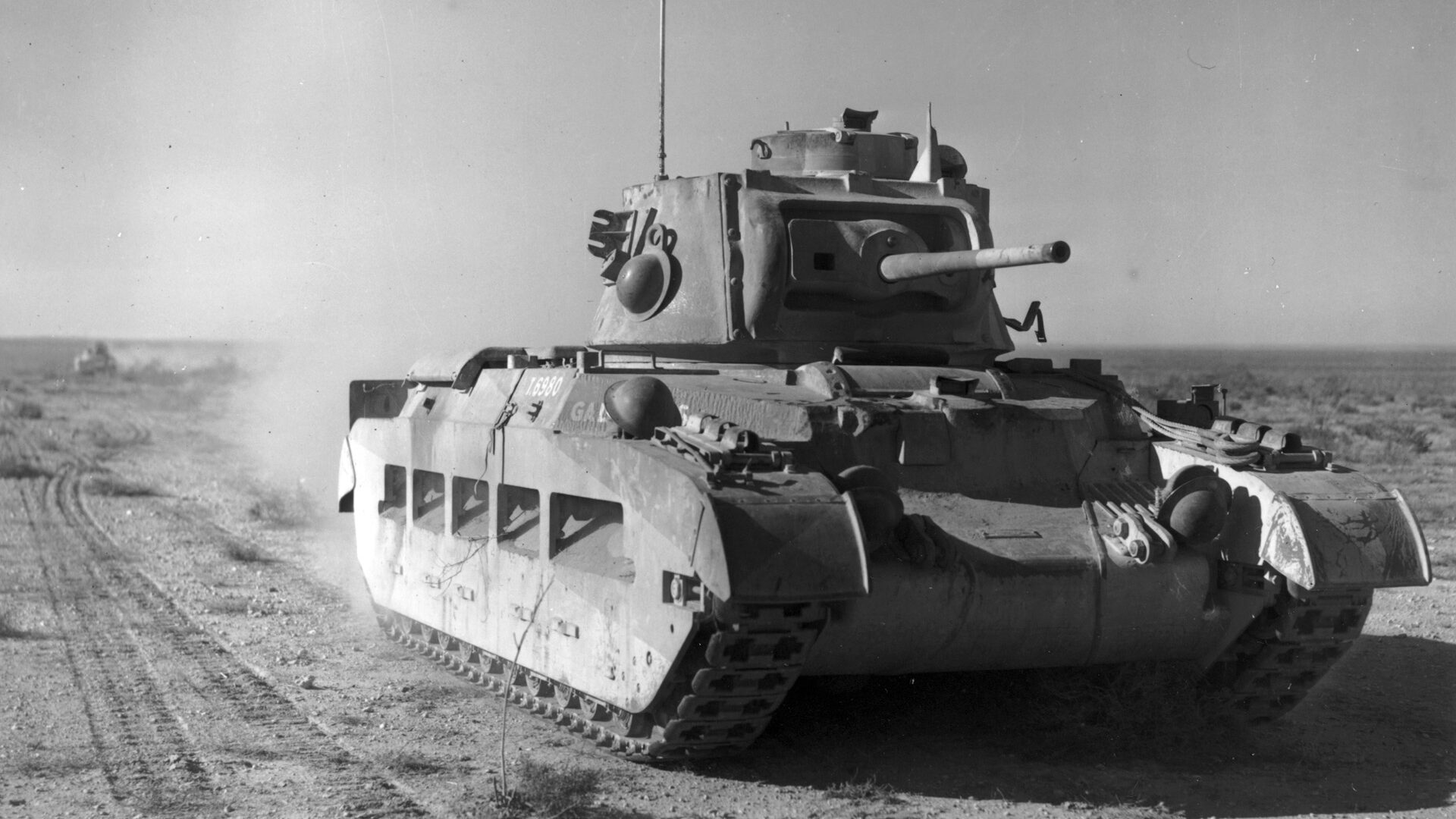
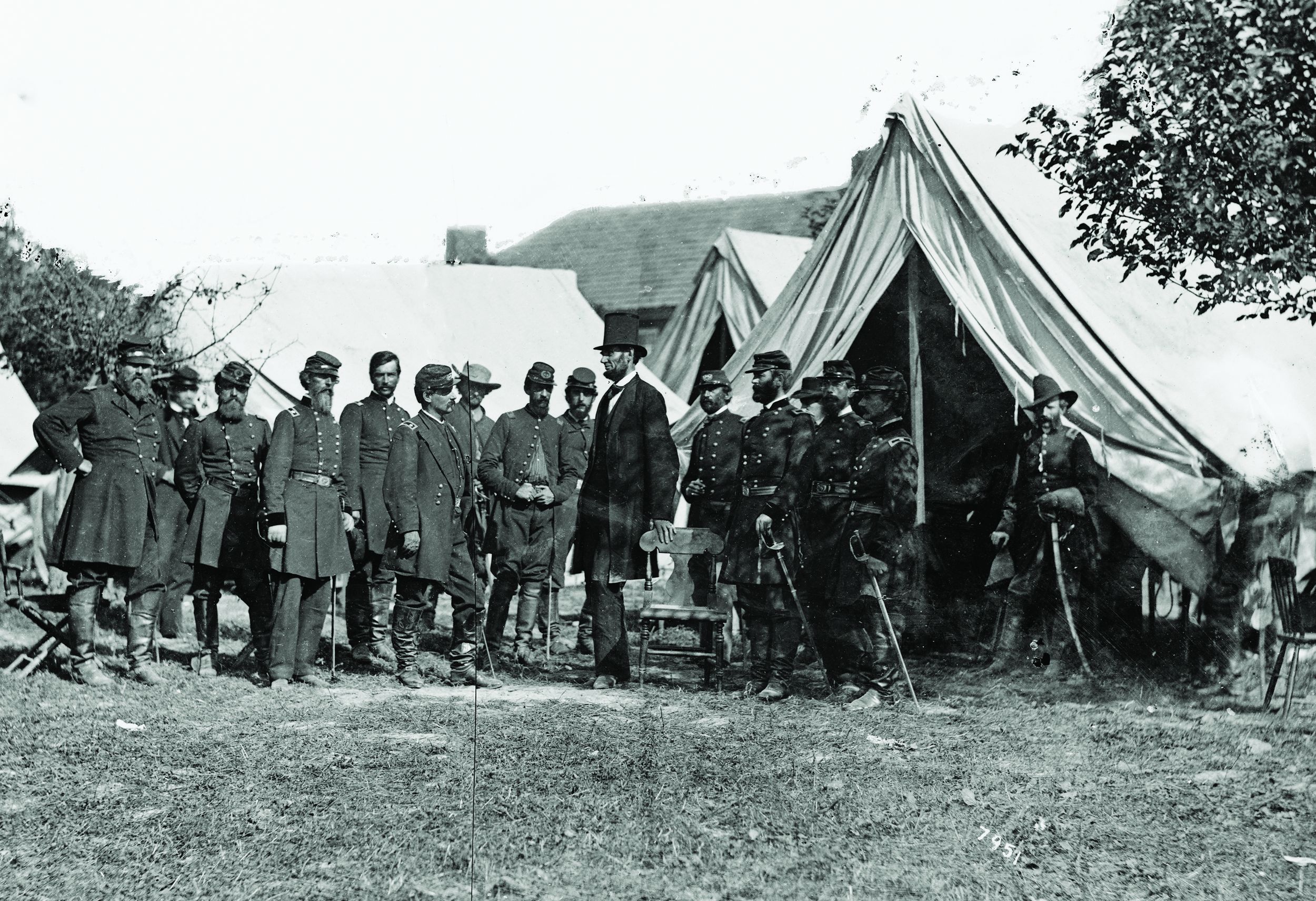
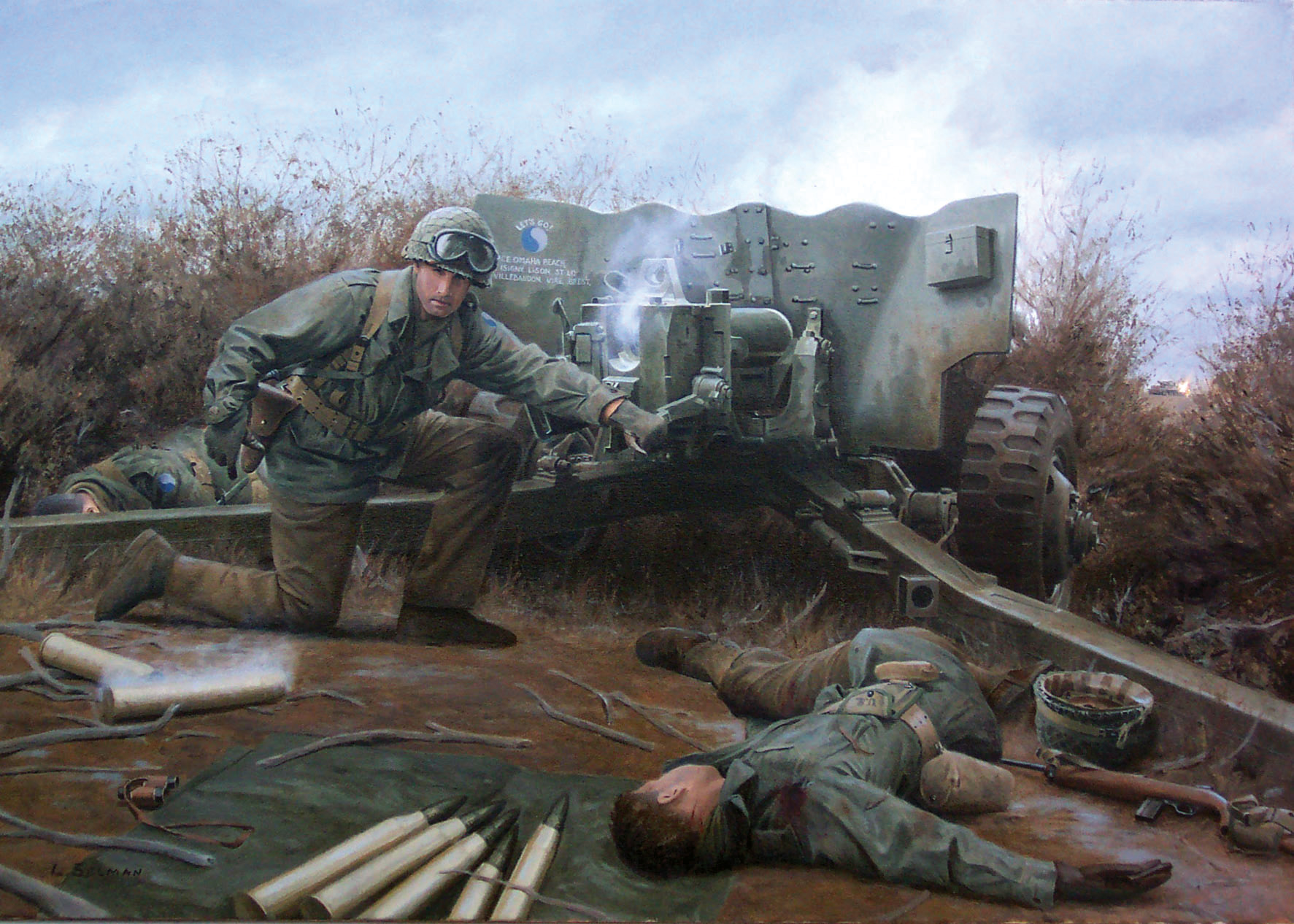
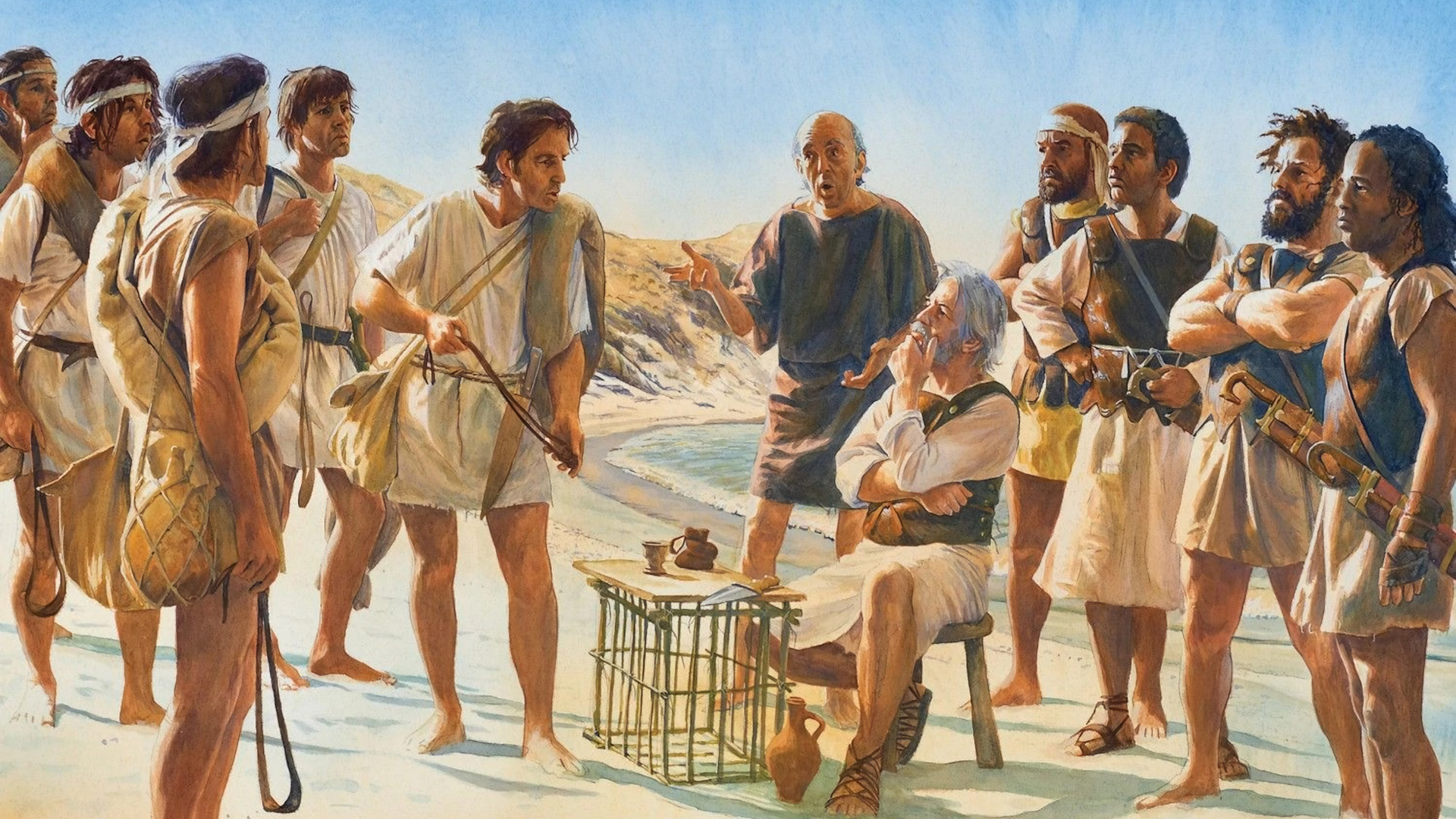
Join The Conversation
Comments
View All Comments